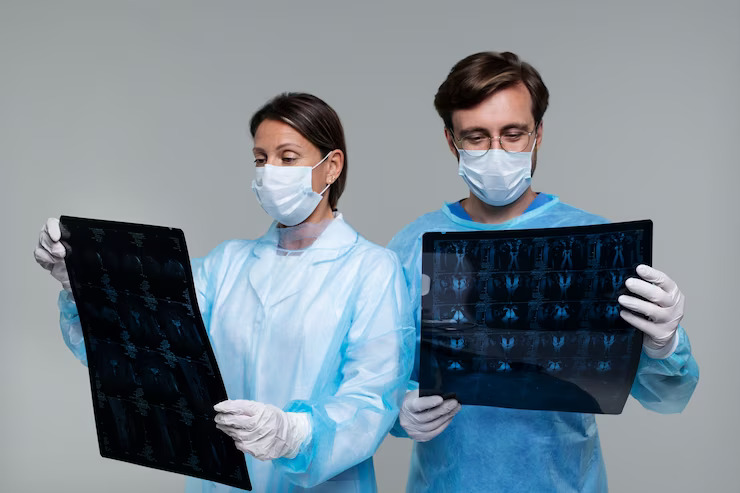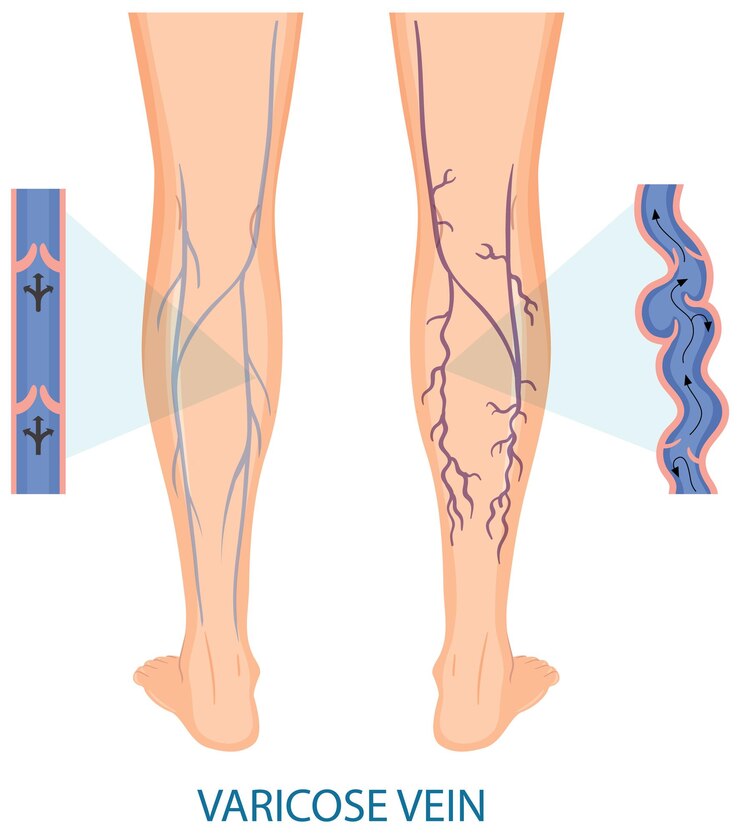Wearable Technology For Leg Ulcer Monitoring
Wearable technology has revolutionized healthcare by providing innovative solutions for monitoring and managing various medical conditions, including chronic wounds such as leg ulcers. These advanced devices offer real-time data collection, remote monitoring capabilities, and personalized insights, empowering patients and healthcare providers alike in the management of leg ulcers. In this article, we’ll explore the role of wearable technology in leg ulcer monitoring, its benefits, and how it is transforming wound care.
Understanding Leg Ulcers
Leg ulcers are open sores or wounds that develop on the lower extremities, typically on the legs or feet. They can result from various underlying conditions, including venous insufficiency, arterial disease, diabetes, or prolonged pressure on the skin. Leg ulcers are characterized by slow healing, chronic inflammation, and a risk of infection, making their management challenging and requiring close monitoring.
The Role of Wearable Technology
Wearable technology for leg ulcer monitoring encompasses a range of devices designed to track various aspects of wound healing and patient health. These devices can include:
- Smart Bandages: Bandages equipped with sensors that monitor wound temperature, moisture levels, and pH balance, providing real-time data on wound healing progress and detecting signs of infection.
- Wearable Sensors: Small, adhesive sensors placed on or near the wound site that collect data on temperature, moisture, pressure, and other parameters, transmitting information wirelessly to a mobile device or healthcare provider.
- Smart Garments: Clothing or compression garments embedded with sensors that monitor factors such as skin temperature, blood flow, and activity levels, offering insights into circulation and tissue perfusion around the ulcer site.
- Best Interventional Radiologist in Noida: Residents in Noida seeking expertise in advanced wound care and minimally invasive procedures can benefit from consulting the best interventional radiologist in Noida, who specializes in treating underlying conditions contributing to leg ulcers and providing comprehensive care.
Benefits of Wearable Technology
The adoption of wearable technology for leg ulcer monitoring offers several benefits for both patients and healthcare providers:
- Early Detection: Continuous monitoring enables early detection of changes in wound status, allowing for prompt intervention and preventing complications such as infection or delayed healing.
- Remote Monitoring: Wearable devices enable remote monitoring of leg ulcers, allowing healthcare providers to track wound progress and patient compliance with treatment protocols without the need for frequent clinic visits.
- Data-Driven Decisions: Real-time data collected by wearable devices provides valuable insights into wound healing dynamics, allowing healthcare providers to make informed decisions about treatment adjustments and interventions.
- Improved Patient Engagement: Wearable technology empowers patients to take an active role in their wound care by providing feedback on their progress, promoting adherence to treatment plans, and fostering self-management skills.
Future Directions and Challenges
While wearable technology holds promise for enhancing leg ulcer monitoring and management, several challenges remain, including:
- Cost: The cost of wearable devices and associated data management systems may limit their accessibility for some patients and healthcare settings.
- Integration: Integrating wearable technology into existing healthcare workflows and electronic medical records requires coordination and compatibility with existing systems.
- Regulatory Considerations: Ensuring the safety, accuracy, and reliability of wearable devices necessitates adherence to regulatory standards and ongoing monitoring of performance.
Despite these challenges, wearable technology continues to evolve, offering new opportunities to optimize leg ulcer care and improve patient outcomes. With ongoing research and technological advancements, wearable devices have the potential to transform wound care practices and revolutionize the management of chronic wounds such as leg ulcers.
For any further queries, Plz visit drankitinterventionalradiologist.com







